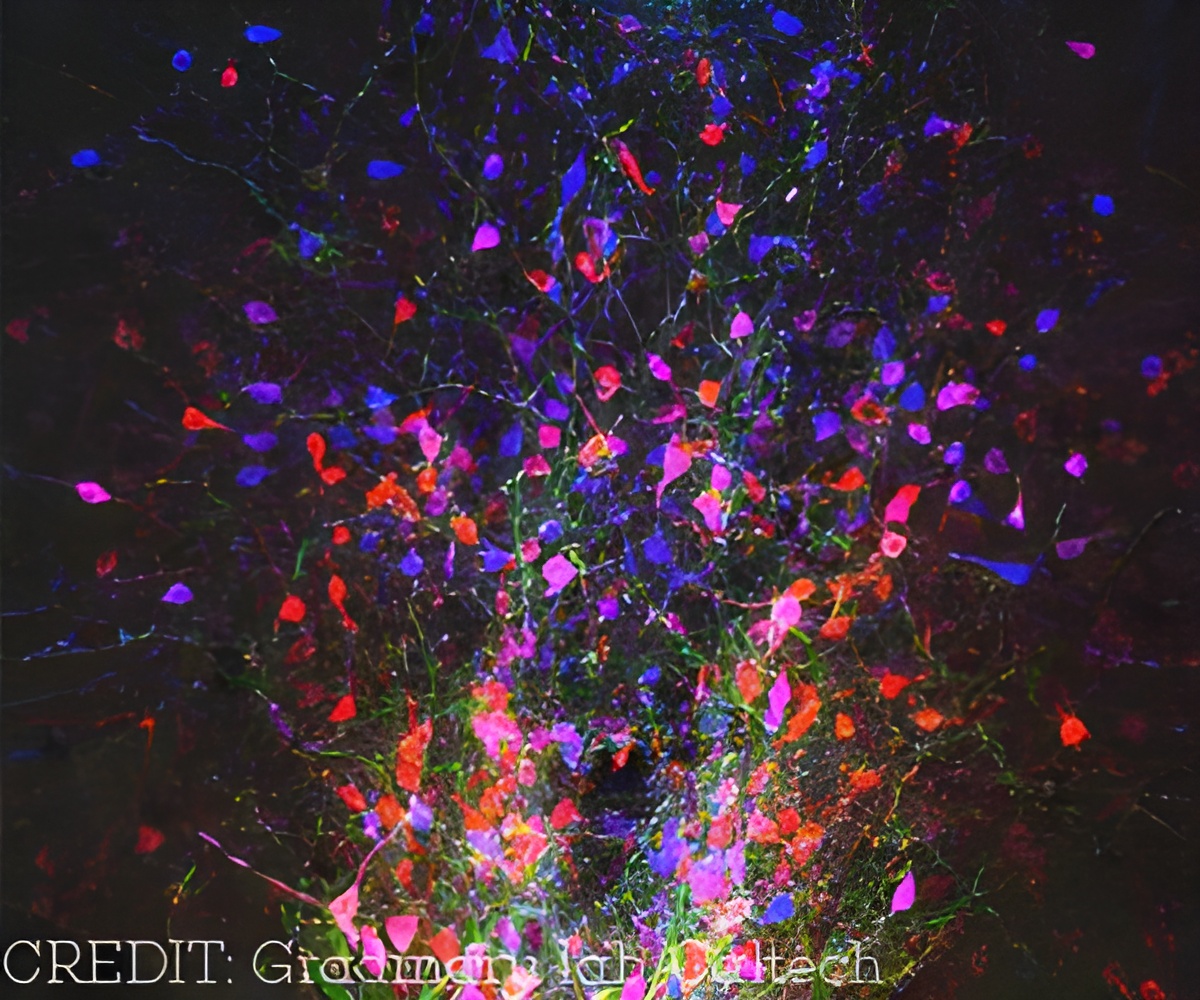
‘A unique structure not found in the antennae or cilia of other types of cells has been found in the antenna of light-sensing neurons called photoreceptors.’
Tweet it Now
The study reveals that this novel functional zone plays a structural role that is essential for the function of the photoreceptors and also helps explain why mutations on certain cilia proteins, although present throughout the body, only affect cilia on photoreceptors, causing non-syndromic blindness. "Practically all cells in the body have a single cilium called the primary cilium that seems to allow cells to sense their environment. The primary cilia on photoreceptors, for instance, specialize in sensing light," said first author Rachayata Dharmat graduate student of molecular and human genetics in the lab of Dr. Rui Chen.
"Our lab focuses on understanding the molecular mechanisms and gene variants underlying human retinal disease," said Chen, professor of molecular and human genetics and in the Human Genome Sequencing Center as well as member of the Dan L Duncan Comprehensive Cancer Center at Baylor College of Medicine.
Previous work in the Chen lab discovered that the SPATA7 gene is expressed in all primary cilia in the body, but, surprisingly, when this gene mutated, only the primary cilia in photoreceptors were affected. The photoreceptors lose their ability to function causing visual impairment. Why this happens is what this group tried to answer.
"We began our investigation by determining which proteins interact with SPATA7 protein. We identified a number of SPATA7-binding proteins and others that do not to bind SPATA7. Both types localize in the photoreceptors' connecting cilium, which is a specialized form of the transition zone in all cilia that connects the cilium with the body of the neuron," said Dharmat. "The connecting cilium is very small, about 1.5 microns long. Compare it to a human hair, which can be between 17 and 180 microns thick. This is the first time researchers have looked at proteins within this very small region and, in particular, proteins interacting with SPATA7."
Advertisement
Using state-of-the-art super-resolution microscopy (STORM) coupled with cryo-electron tomography and genetic models, the researchers discovered that when SPATA7 was present, SPATA7-binding proteins localized throughout the connecting cilium. But in the absence of SPATA7, the binding proteins concentrated at the base of the cilium in a region closest to the body of the neuron, the researchers called it the proximal region, leaving a distal region empty of SPATA7-binding proteins. Chen, Dharmat and their colleagues also observed that proteins that did not bind to SPATA7 always localized in the proximal region, both when SPATA7 was present and absent.
Advertisement
Additional experiments showed that the absence of SPATA7 disrupts protein localization and the stability of microtubules, structures that provide structural integrity to the cilia, specifically in the distal region of the connecting cilium.
"Cilia in other cell types also have SPATA7, but these cilia do not have a distal region in the transition zone like the one we discovered in cilia of photoreceptors, therefore they are not affected when SPATA7 is mutated," Dharmat said.
"The presence of this unique distal zone exclusively in the cilia of photoreceptors also explains the biological mystery of non-syndromic blindness observed in both patients and mouse models, that loss of certain transition zone proteins only causes degeneration of cilia in photoreceptors without affecting the cilia on other cell types," Dharmat said.
This research brings to light a novel sub-cellular structure in the cilium of photoreceptors, its biochemical components and its impact on the function of the cilia, all of which contribute to a better understanding of both genetic disorders and the structure of cilia in the retina.
The complete research report is published in the Journal of Cell Biology.
Source-Eurekalert










